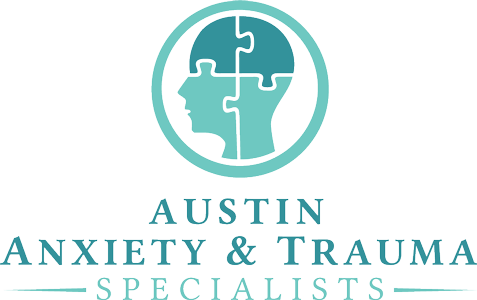You may have noticed there’s a large number of white noise videos on Youtube with hundreds of millions of views. And it’s no surprise why. Whether it’s work stress, spiraling thoughts, or trying to fall asleep after an hour of doomscrolling, our bodies are being flooded with anxiety, and for many of us we don’t realize until the symptoms are too overwhelming to ignore.
Lately, there’s been a gentle buzz (or maybe a soft rumble) about brown noise as a way to calm anxious minds. If you’ve never heard of it—or have, but aren’t sure exactly what it does—you’re in the right place.
Keep reading: Am I having an anxiety attack?
What is Brown Noise, Anyway?
You’ve probably heard of white noise—the static of a TV or a fan humming in the background. Brown noise is like its cousin, but with a deeper, softer voice. It emphasizes lower frequencies, making it sound more like a soft rumble of distant thunder, a waterfall or the hum of an airplane cabin.
Unlike white noise, which distributes all frequencies equally, brown noise reduces higher pitches. This gives it a richer, warmer tone that some say feels more natural. It evokes a sense of calm, and may feel less harsh on the ears.
Brown noise can be found in many popular applications like Youtube, Spotify and even Apple Music alongside other sounds in its family like pink noise. But the best kinds of brown noise come from natural sources like waterfalls, ocean waves or heavy rain.
Keep Reading: Harness the Power: 7 Proven Mental Health Apps
How Does Brown Noise Work?
Like a cozy blanket made out of audio that wraps around your ears, it masks away distracting thoughts and helps your brain relax or focus. Some people mention it helps quiet mental chatter, which can be especially helpful when dealing with anxiety, ADHD or insomnia. One study found that beta-range frequencies (around 12.5–30 Hz) may support brain stimulation and cognitive function in people with ADHD. Since brown noise contains low-frequency sounds in that range, it’s possible that it could offer similar cognitive benefits.
It’s believed that these steady, low-frequency sounds can also help shift your nervous system into a calmer state. While some studies have found both pink noise and brown noise (sometimes known also as red noise) to significantly reduce anxiety, more research is necessary to support the many individuals that report feeling grounded by these deeper frequencies.
Keep reading: 12 Grounding Techniques for Anxiety and PTSD
How To Use Brown Noise For Anxiety
There’s no wrong way to use brown noise, but here are some simple tips you can follow to make the most of its calming, low frequencies.
1. Find a source you like – You can use an app or find a playlist, loop or Youtube video for free brown noise.
2. Choose the right time – Use it when you’re feeling overstimulated, struggling to focus due to anxious thoughts or when you’re winding down and can’t seem to quiet your mind.
- Use headphones – If possible, wearing headphones can help block out other distractions even more and make the sound more immersive.
Pair it with a calming activity – Especially if you’re winding down, journaling or deep breathing exercises paired with brown noise can help your body understand you’re safe and slowly enter into a more relaxed state.- Give it a few tries – It’s okay if it’s a bit strange at first. Try it for short sessions of 10 to 15 minutes and see how you feel. If it helped you feel more calm, great! If not, it’s okay, everyone’s brain is a little different. Maybe pink noise, soft music or nature sounds would work best for you.
Now, if your thoughts won’t stop spiraling and you’re feeling overwhelmed, you might need a little more support than brown noise can offer—and that’s completely okay. While sound can be a helpful tool, it’s not a one-size-fits-all solution. You deserve to feel your chest loosen, your muscles relax and your mind find some quiet.
At Austin Anxiety & Trauma Specialist, our compassionate, anxiety specialists are here to support you. Whether you’re navigating daily stress or deeper anxieties, we’re here to help you find the relief you’ve been missing. Book your first session today—you deserve to feel better. We can help.






